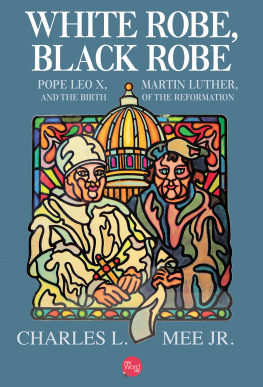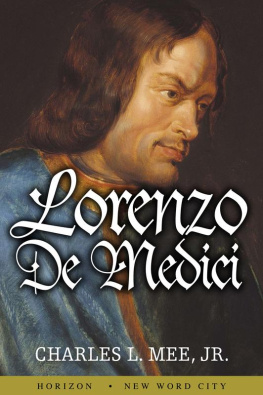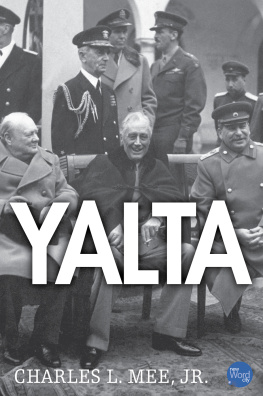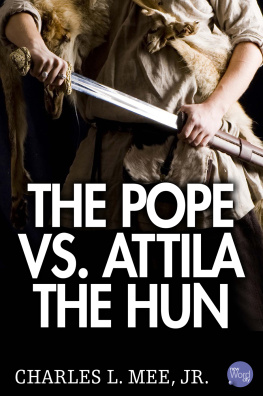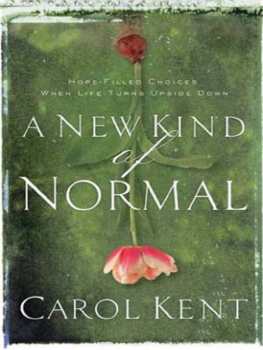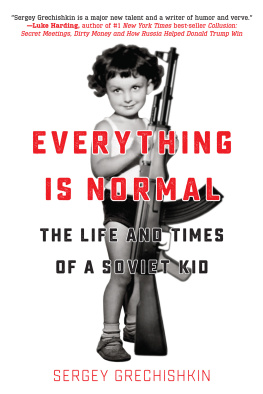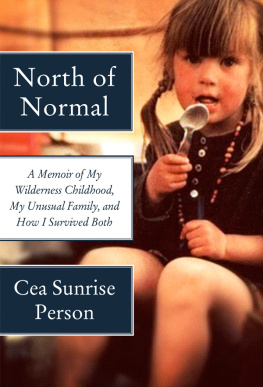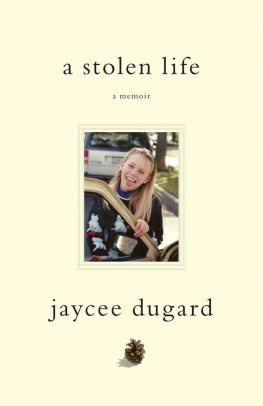In accordance with the U.S. Copyright Act of 1976, the scanning, uploading, and electronic sharing of any part of this book without the permission of the publisher constitute unlawful piracy and theft of the authors intellectual property. If you would like to use material from the book (other than for review purposes), prior written permission must be obtained by contacting the publisher at permissions@hbgusa.com. Thank you for your support of the authors rights.
Thank you for buying this ebook, published by Hachette Digital.
To receive special offers, bonus content, and news about our latest ebooks and apps, sign up for our newsletters.
Sign Up
Or visit us at hachettebookgroup.com/newsletters
For more about this book and author, visit Bookish.com.
Copyright 1999 by Charles L. Mee
Cover design by Leslie Goldman
Cover copyright 2013 by Hachette Book Group, Inc.
All rights reserved. In accordance with the U.S. Copyright Act of 1976, the scanning, uploading, and electronic sharing of any part of this book without the permission of the publisher constitute unlawful piracy and theft of the authors intellectual property. If you would like to use material from the book (other than for review purposes), prior written permission must be obtained by contacting the publisher at permissions@hbgusa.com. Thank you for your support of the authors rights.
Little, Brown and Company
Hachette Book Group
237 Park Avenue, New York, NY 10017
littlebrown.com
twitter.com/littlebrown
facebook.com/littlebrownandcompany
First ebook edition: May 2013
The publisher is not responsible for websites (or their content) that are not owned by the publisher.
The Hachette Speakers Bureau provides a wide range of authors for speaking events. To find out more, go to hachettespeakersbureau.com or call (866) 376-6591.
The author is grateful for permission to include the following previously copyrighted material:
Excerpts from In the Shadow of Polio by Kathryn Black. Copyright 1996 by Kathryn Black. Reprinted by permission of Addison Wesley Longman.
Excerpts from Passage Through Crisis: Polio Victims and Their Families by Fred Davis. Copyright 1991 by Fred Davis. Reprinted by permission of Transaction Publishers; all rights reserved.
Excerpts from Through the Storm: A Polio Story by Robert F. Hall (North Star Press, 1990). Copyright 1990 by Robert F. Hall. Reprinted by permission of the author.
Excerpts from Polios Legacy: An Oral History edited by Edmund Sass. Copyright 1996 by University Press of America. Reprinted by permission of University Press of America.
ISBN 978-0-316-40058-9
E2-20210413-PDJ-PC-VAL
Books
History Plays
Playing God
Rembrandts Portrait
The Genius of the People
The Marshall Plan
The End of Order
The Ohio Gang
Seizure
A Visit to Haldeman
Meeting at Potsdam
White Robe, Black Robe
Erasmus
Daily Life in the Renaissance
Lorenzo de Medici
Plays
The Berlin Circle
Time to Burn
The Trojan Women A Love Story
Chiang Kai Chek
My House Was Collapsing Toward One Side
Agamemnon
The War to End War
The Bacchae
Orestes
Another Person Is a Foreign Country
The Investigation of the Murder in El Salvador
The Imperialists at the Club Cave Canem
Vienna: Lusthaus
For my children, Erin, Charles, Sarah, and Alice
I t had never occurred to me that anything bad might happen to me. I was fourteen years old that summer of 1953, with buckteeth, a crew cut, a love of swimming, football, and comic books. I had a dog named Pat. I was a Boy Scout. I liked girls. I was just out of my freshman year in high school. This was in Barrington, Illinois, a little town, population 5,320, thirty-five miles northwest of Chicago. Where I lived in the village, you could walk to the end of the block and out into empty fields, rolling hills of tall grass; no one owned this land as far as we knew. It had little lakes where we would cut down saplings and build lean-tos and sometimes camp out overnightno grown-ups, just the kids, boys and girls. My sister Bets, three years older than I, was one of the oldest of the kids; she was always my best friend, and with her, I knew I was always safe.
But parents lived in constant dread those days, especially in the summertime, fearful that their children might come down with polio. Polio struck suddenly, without warning, and left its victims dead, or paralyzed, washed up in wheelchairs, white-faced, shrunken, with frightened eyes, light blankets over their legs, or lying on their backs inside iron lungsgreat heavy contraptions, like little one-man submarines, constantly shushing and hissing with the intake and exhaust of the air pressure that made a persons diaphragm expand and contract, breathing for him because the muscles in his chest had stopped workinghis head and feet sticking out uselessly at either end.
Parents were crazed by this. There was no cure for polio, not even any reliable treatment. It could not be prevented. It triggered the sort of anxiety and frenzy and sorrow that have been set off in recent years by AIDS, or, long ago, by the bubonic plague. Medical researchers had known as far back as the turn of the twentieth century that polio was a virus. Later it was discovered that the virus entered the mouth, usually, traveled to the intestinal tract, and then invaded the nervous system. It was called poliomyelitis, I was told, because it stripped away from the nerves their myelin sheath, which acts like insulation around an electrical cord, so that the nerves short-circuited, sizzled, and died. They stopped sending signals to the muscles, and so the muscles stopped working. Arms and legs lay limp and useless. Some children with polio could no longer raise their heads off their pillows. Some could no longer breathe. But no one knew what to do about it.
And not everyone believed the medical researchers knew what they were talking about. There was a constant buzz about polio back then. One magazine article that summer said polio was related to diet. Another article said it was related to the color of your eyes. Kids at summer camp got it, and when a boy at a camp in upstate New York got it that summer, a health officer imposed a frantic quarantine and said no one would be let out of the camp till the polio season was over. There was a lot of it that year. The newspapers published statistics every week. As of the Fourth of July, the papers said, there were 4,680 cases in the United Statesmore than there had been by July 4 in 1952, which had been reckoned the worst year for polio in medical history. The final tally at the end of that year had been 57,628. Of course, none of these numbers were reliable; odd illnesses were added to the total, and mild cases went unreported. Someone said that public gatherings had been banned altogether in the Yukon. In Montgomery, Alabama, that summer the whole city broke out; more than 85 people caught it. An emergency was declared. In Tampa, Florida, a twenty-month-old boy named Gregory died of it; five days later, his eight-year-old sister, Sandra, died of it while their mother was in the delivery room giving birth to a new baby.
The rules were: Dont play with new friendsstick with your old friends, whose germs you already have; stay away from crowded beaches and pools, especially in August; wash your hands before eating; never use another persons eating utensils or toothbrush or drink out of the same glass or Coke bottle; dont bite another persons hands or fingers while playing, or (this one for small children) put another childs toys in your mouth; dont pick up anything from the ground, especially around a beach or pool; dont have any teeth pulled during the summer; dont get overtired or strained; if you get a headache, tell your mother.
Next page

